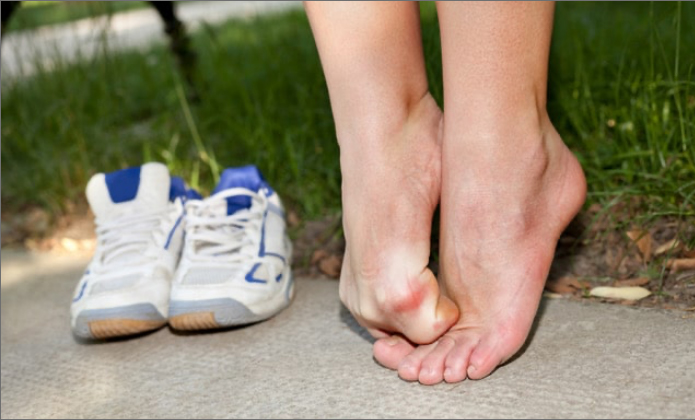Nearest Location to you:
Nail fungus develops from a fungal infection of the fingernails or toenails. A yellow or white spot underneath the tip of the nail is often the first indication of nail fungus.
Left untreated, the fungus can spread deeper into your nail and cause it to crumble, thicken, or become discolored. You may experience pain as well.
Anyone can develop nail fungus, although it is rare in children under six. Lifestyle factors, age, and health all determine whether you will develop nail fungus at some point in your life.
Your risk of fungus growing in your fingernails or toenails increases with age. People who live in hot and humid clients also develop this condition more often, as do those with the following health conditions:
Certain lifestyle factors also contribute to nail fungus. These include:
Certain lifestyle factors also contribute to nail fungus. These include:

Microscopic organisms called fungi, which is the plural form of fungus, are responsible for causing an infection in your fingernails or toenails. The most common way that people pick up a fungus is through direct contact with someone else who has a fungal infection. Ringworm and athlete’s foot are two typical examples. Another common way to develop nail fungus is by sharing a fingernail or toenail cutter with someone who already has an infection.
Nail fungus is not always contagious. You can get it when you have a small cut in the skin around your nails since this presents an opening for the fungal bacteria. You can also develop nail fungus due to a separation between the nail and toe or finger or because of a crack in your nail.
If you think you have fungus growing under a nail, please contact Anne Arundel Dermatology for an appointment. Your dermatologist will trim the affected nail and scrape away the debris underneath it. You will also need to take some type of medication to get rid of the nail fungus.
Mild infections usually respond well to a medicine that you apply directly to the infected nail. The medication prevents new infections from forming while you eliminate the existing fungus. Deep fungal infections require more aggressive treatment with antifungal pills. The FDA has currently approved Fluconazole, Griseofulvin, Itraconazole, and Terbinafine for this purpose.
Combination treatment types and nail removal are additional options. Surgically and non-surgically removed fingernails grow back in about four to six months, while toenails take 12 to 18 months to regrow. Please contact us with additional questions or to request an appointment.
To request an appointment, call 443.351.3376 or submit the form below.
Error: Contact form not found.

Acne is generally associated with teenagers, but this skin concern doesn’t necessarily disappear once you reach adulthood. There is something known as adult acne that many adults contend with. If you have it, you’re not alone. It hits about 1 in 3 women, according to a BalmLabs’ survey.

Acne is generally associated with teenagers, but this skin concern doesn’t necessarily disappear once you reach adulthood. There is something known as adult acne that many adults contend with. If you have it, you’re not alone. It hits about 1 in 3 women, according to a BalmLabs’ survey.
Click through to learn more about any area of care. If you have concerns, please give us a call to make an appointment to see your dermatologist.

































Anne Arundel Dermatology is a great place to work. We offer career advancement opportunities. We invite you to View All Current Openings.
